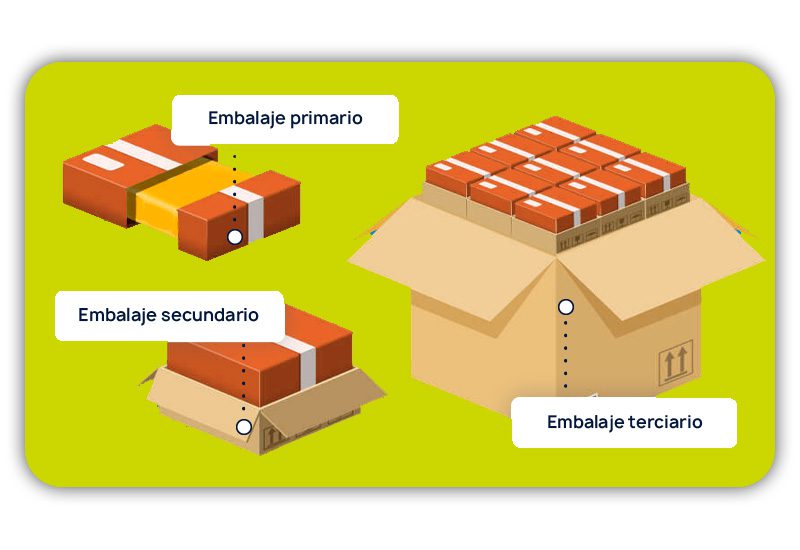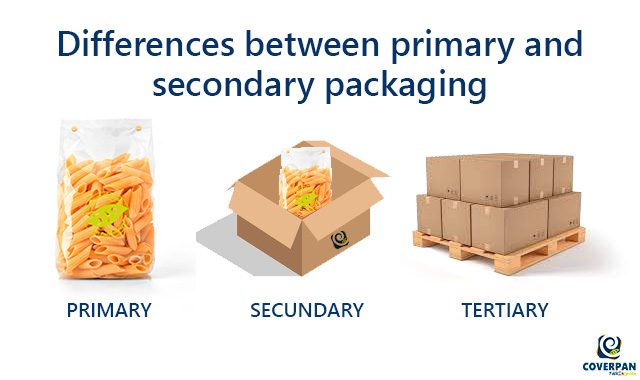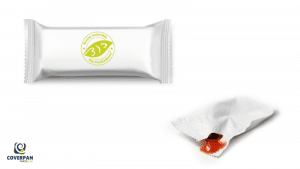The world of packaging is diverse and complex, with different types of packaging playing specific roles in the protection, presentation, and distribution of products. In this article, we will explore the key differences between primary, secondary, and tertiary packaging, focusing on flexible packaging, a versatile and efficient solution.
Primary Packaging: The First Impression
Primary Packaging is the first point of contact between the product and the consumer. Its main function is to directly contain and protect the product. In the case of flexible packaging, this can be in the form of bags or films that maintain the freshness and integrity of the contents. Primary packaging is designed to be practical, attractive, and ensure the quality of the product.
Secondary Packaging: Reinforced Protection
Secondary packaging surrounds and protects the primary packaging. Its function is to provide an additional layer of security during transportation, handling, and storage. In the case of flexible packaging, this could include boxes, cases, or groupings that enhance structural stability and protect against external damage. Secondary packaging may also convey additional information, such as usage instructions or product details.
Tertiary Packaging: Efficient Logistics
Tertiary packaging focuses on logistical efficiency during large-scale transportation and storage. This level of packaging can be a pallet, platform, or bulk packaging that groups multiple secondary packages to facilitate handling in warehouses and during transportation. In the case of flexible packaging, tertiary packaging contributes to optimizing distribution and reducing associated costs.

A Complete Packaging Ecosystem
Understanding the differences between primary, secondary, and tertiary packaging is essential for any flexible packaging company. Each level serves a specific function in the packaging and distribution process, ensuring that products reach consumers safely and efficiently. Flexible packaging stands out as a versatile solution that adapts to the requirements of each level, offering innovation and sustainability in the packaging industry.




